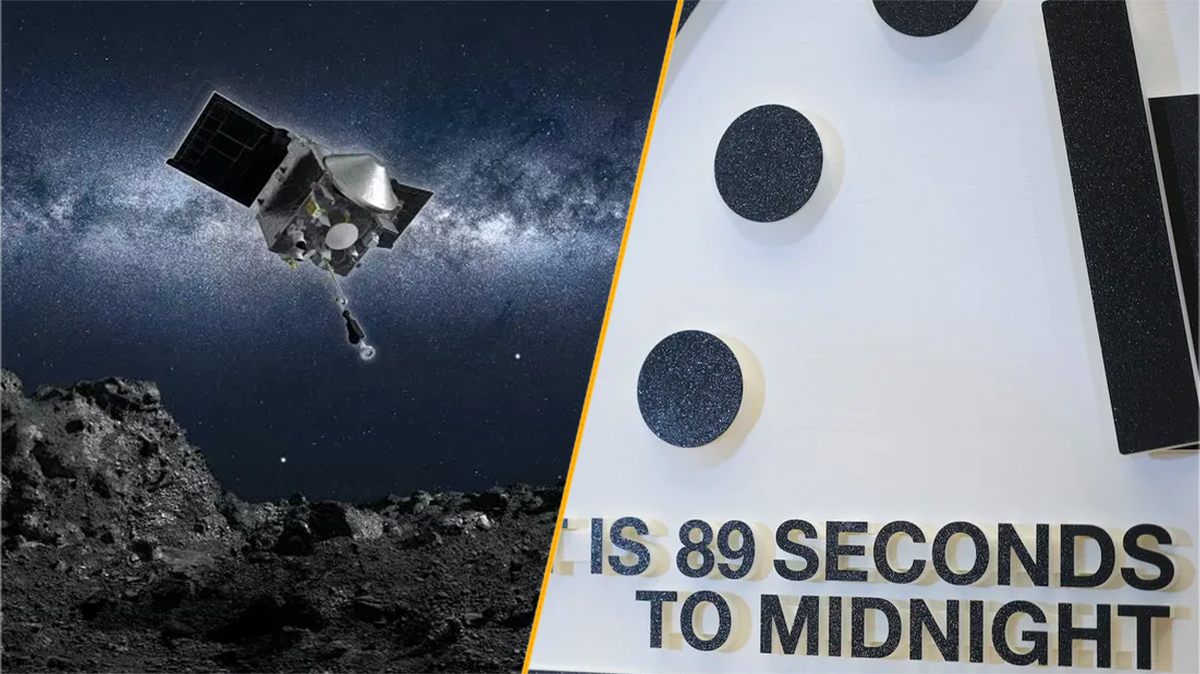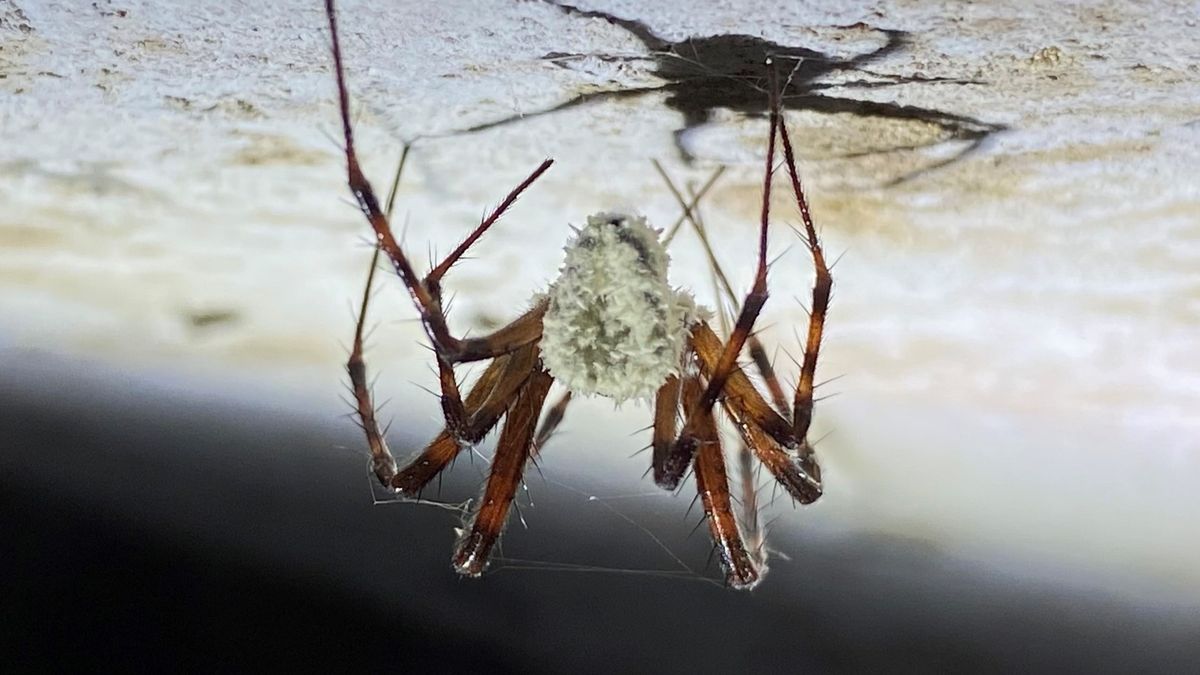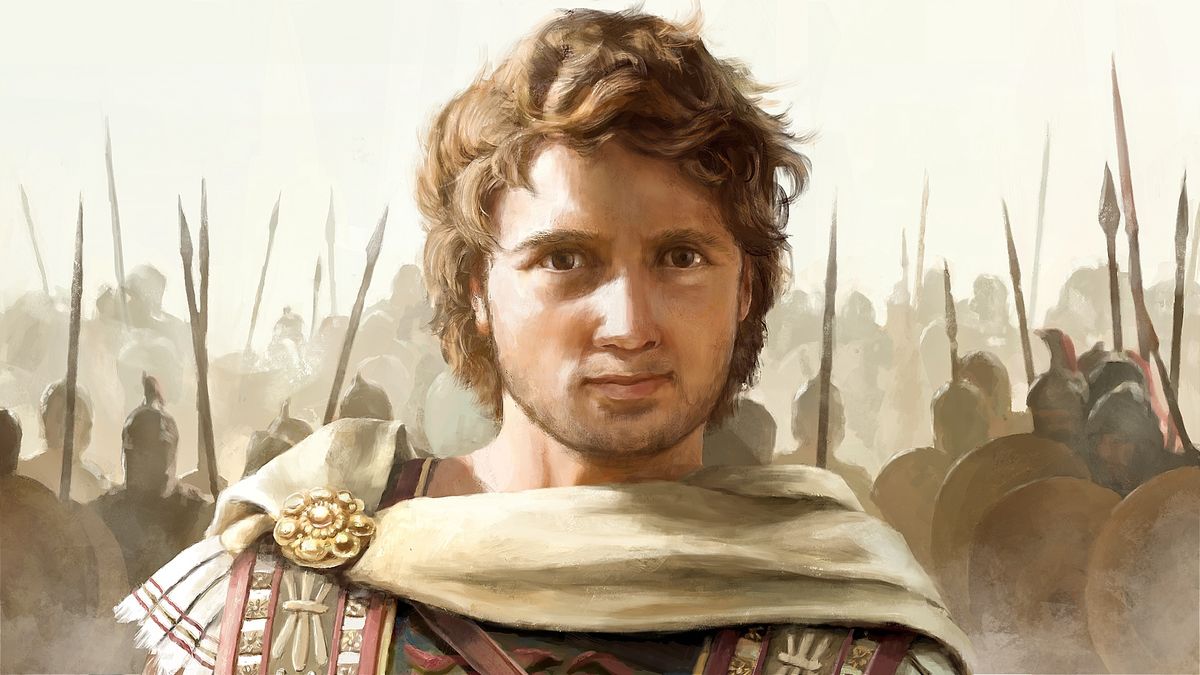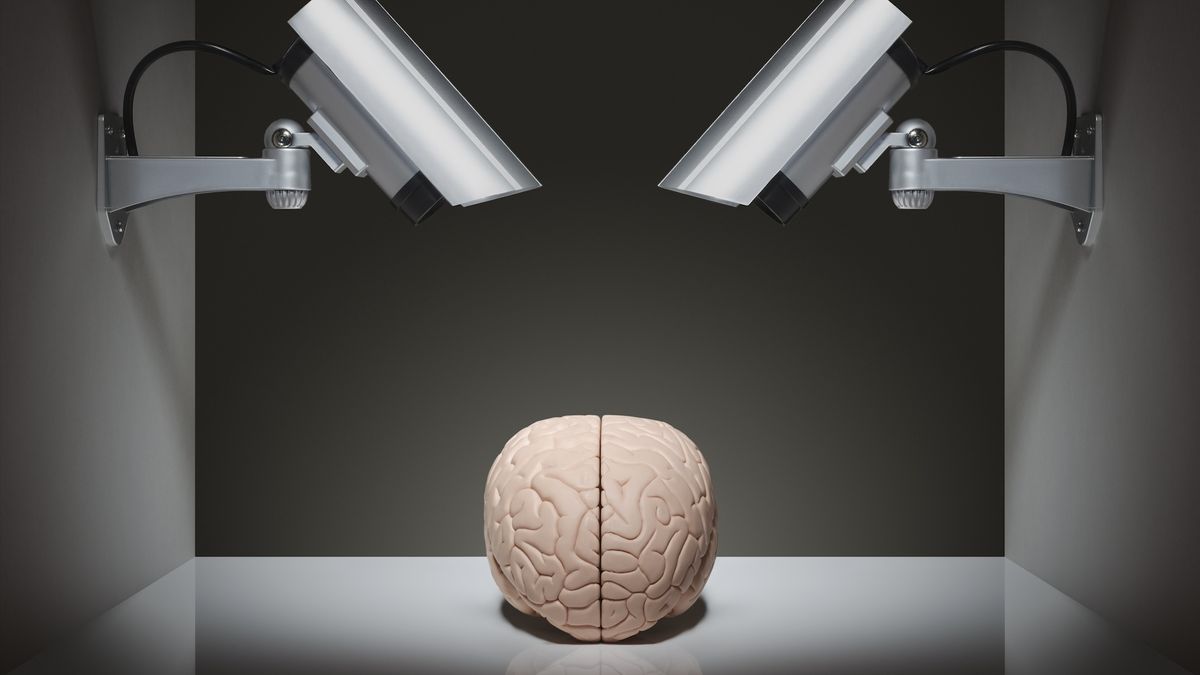Humanity is the closest it’s ever been to catastrophe. That’s according to the Bulletin of the Atomic Scientists, who this week moved the hand of their “Doomsday Clock” to 89 seconds to midnight. The clock is a metaphor for how close humanity is to self-annihilation, with midnight representing an Earth-shattering global catastrophe — and this year’s update is not looking good.
Joining the list of threats against humanity alongside nuclear weapons, climate change, bioweapons and infectious disease is the unregulated development of disruptive technologies, specifically artificial intelligence (AI), which the organization says makes it easier to spread misinformation and disinformation.
The AI industry itself was subject to a wake up call this week after Chinese researchers released a cheap, open-source rival to OpenAI’s ChatGPT. The company, called DeepSeek, also released its own image generator program called Janus-Pro-7B, which they claim outshines their competitors in benchmark tests.
But AI can do so much more than generate words and pictures on a screen, and — if appropriately regulated — can be used in novel and creative ways to help us understand the world around us.
AI invents new protein
Scientists have used AI to create a new glowing protein that they say would have taken half a billion years to evolve in nature. The glowing protein — which currently exists only as computer code — is similar to those found in fluorescent jellyfish and corals.
The program, called ESM3, does not design proteins within the constraints of normal evolution. Instead, it is fed incomplete instructions to make proteins and uses its knowledge of fundamental biology to fill in the blanks.
The researchers hope that the program will help in the development of new medicines in the future.
Discover more health news
—’Breakthrough’ stem-cell patches stabilized woman’s heart as she awaited transplant
—Chinese scientists created mice with 2 dads — and they survived to adulthood
—Massive tuberculosis outbreak sickens dozens in Kansas
Life’s Little Mysteries
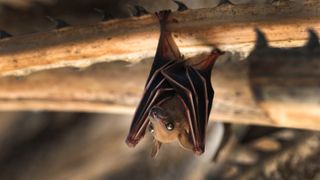
When bats aren’t in the sky, they are often seen dangling from cave ceilings, or the undersides of bridges. But if a human were to do this we would soon start to slip and have a massive head rush. So how come bats can rest in this peculiar position, and why do they do it in the first place?
Ingredients for life found on near-Earth asteroid

In 2016, NASA scientists sent a van-size space capsule to a potentially hazardous near-Earth asteroid called Bennu to collect samples of rock from its surface. The samples were returned in 2023, but only now have the first results of their analysis been revealed.
To their surprise, all five of the “letters” that make up life’s genetic codes — DNA and RNA — were found in the space rock’s samples, alongside minerals rich in carbon, sulfur, phosphorus, fluorine and sodium — the basic building blocks for life.
Discover more space news
—Newly discovered near-Earth asteroid isn’t an asteroid at all — it’s Elon Musk’s trashed Tesla
—’City-killer’ asteroid has a 1-in-83 chance of smashing into Earth in 2032, NASA says
—We may finally know what causes Mars’ gigantic, planet-wide dust storms
Also in science news this week
—Sperm cells carry traces of childhood stress, epigenetic study finds
—Chinese astronauts make rocket fuel and oxygen in space using 1st-of-its-kind ‘artificial photosynthesis’
—Boom Supersonic’s XB-1 smashes the sound barrier — becoming the 1st civil aircraft to go supersonic in US history
—Ocean warming 4 times faster than in 1980s — and likely to accelerate in coming decades
Science Spotlight

Alexander the Great is one of the most famous rulers of the ancient world. As king of Macedonia from 336 B.C. to 323 B.C., he conquered an enormous empire, stretching from the Balkans to modern-day Pakistan. But his reign was brought to an abrupt halt when he died at the age of 32. His cause of death is highly disputed, and his tomb has been lost for centuries.
Hundreds have searched for the tomb, to no avail, and theories of its location range from his homeland of Macedonia (now Greece) to Egypt. But researchers say they are closer than ever before to finding this renowned resting place.
Alexander the Great quiz: How well do you know the famous king and conqueror from the ancient world?
Something for the weekend
If you’re looking for something a little longer to read over the weekend, here are some of the best long reads, book excerpts and interviews published this week.
—People who can’t ‘see with their mind’s eye’ have different wiring in the brain
—If humans could fly, how big would our wings be?
—Are Atlantic Ocean currents weakening? A new study finds no, but other experts aren’t so sure.
—Could we travel to parallel universes?
Science in pictures
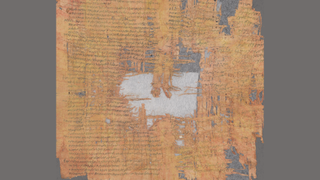
This 1,900-year-old papyrus has finally been deciphered by archaeologists, revealing the details of a tense court case during the Roman occupation of Israel. The discovery offers key insights into criminal cases from the time and answers longstanding questions about slave ownership in the region.
The scroll has been described as the best-documented Roman court case from Judaea aside from the trial of Jesus.
Want more science news? Follow our Live Science WhatsApp Channel for the latest discoveries as they happen. It’s the best way to get our expert reporting on the go, but if you don’t use WhatsApp we’re also on Facebook, X (formerly Twitter), Flipboard, Instagram, TikTok, Bluesky and LinkedIn.





